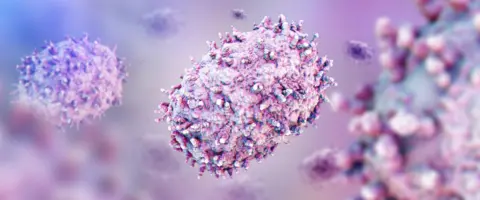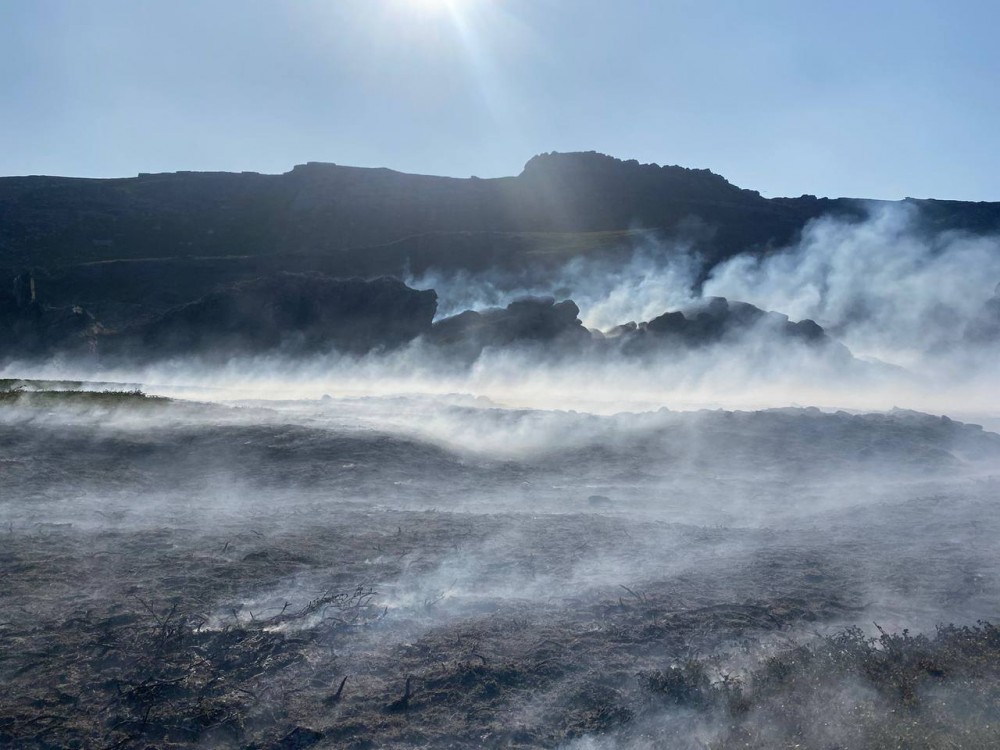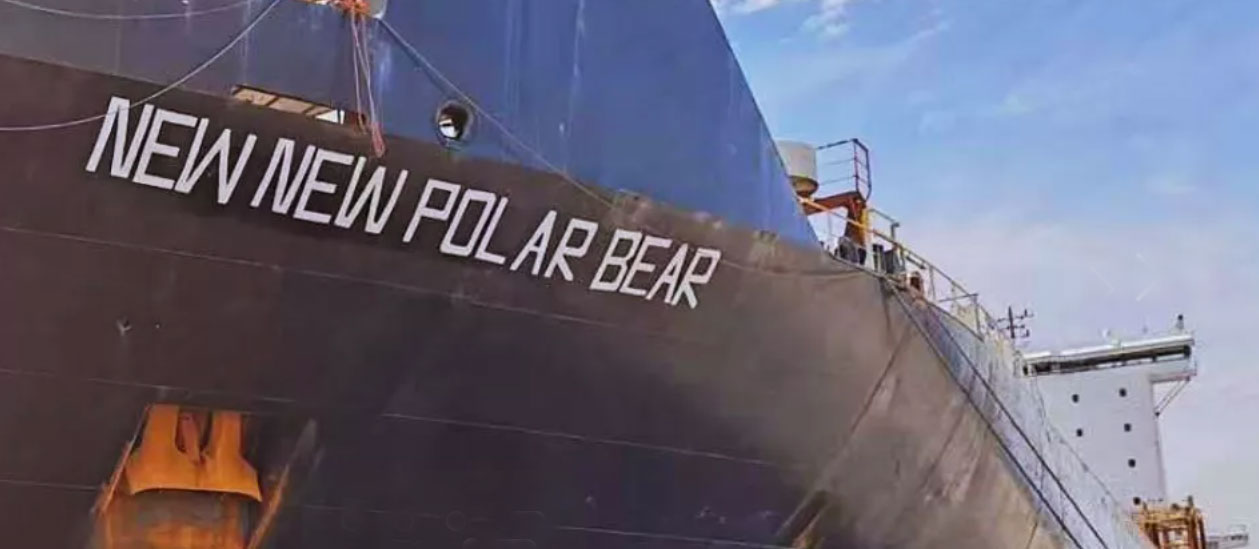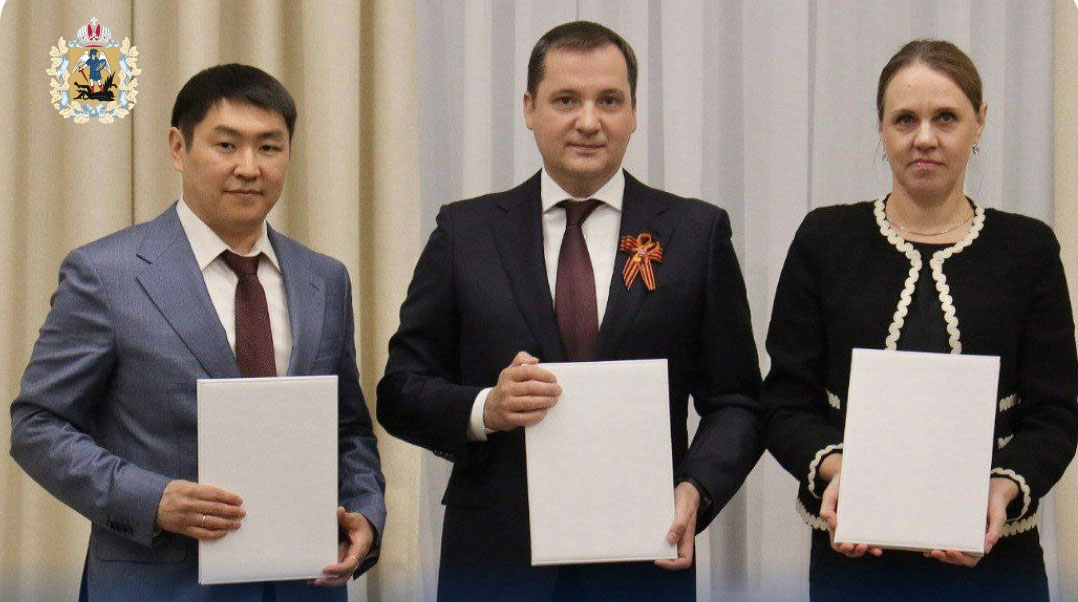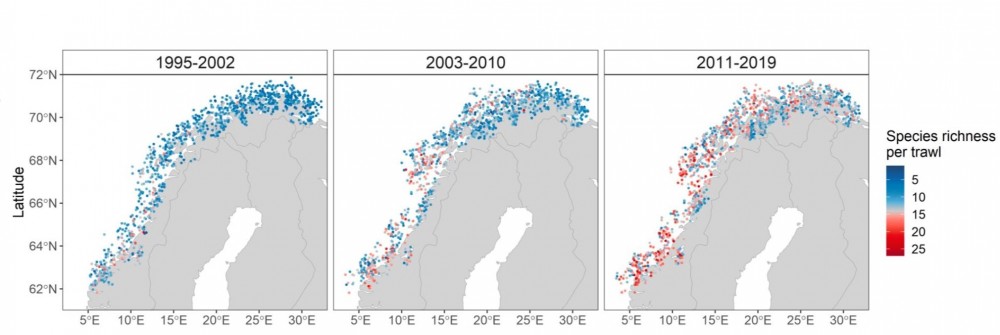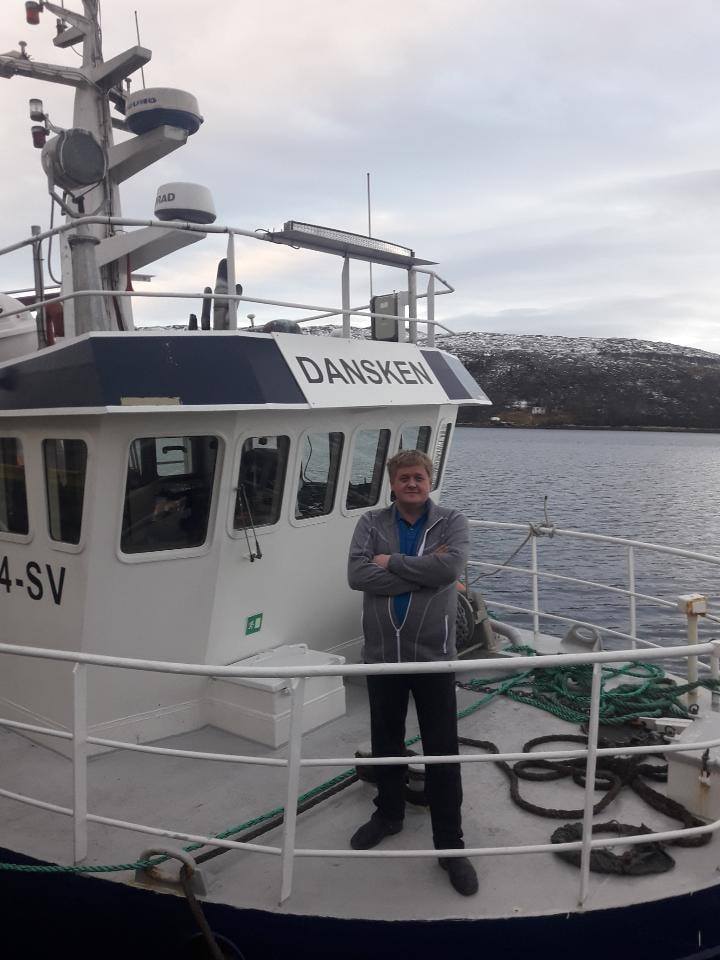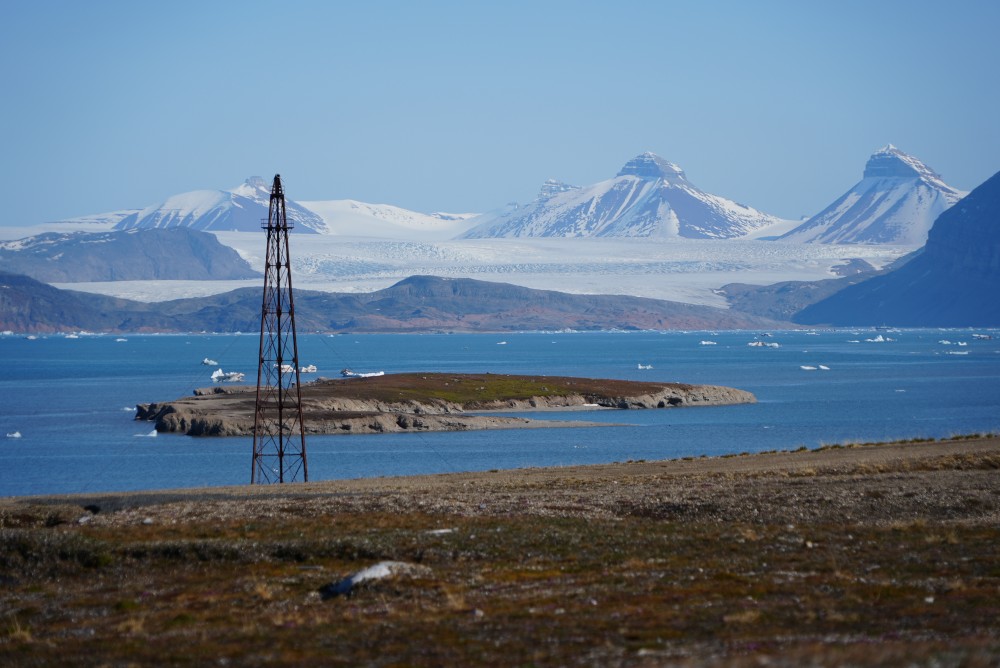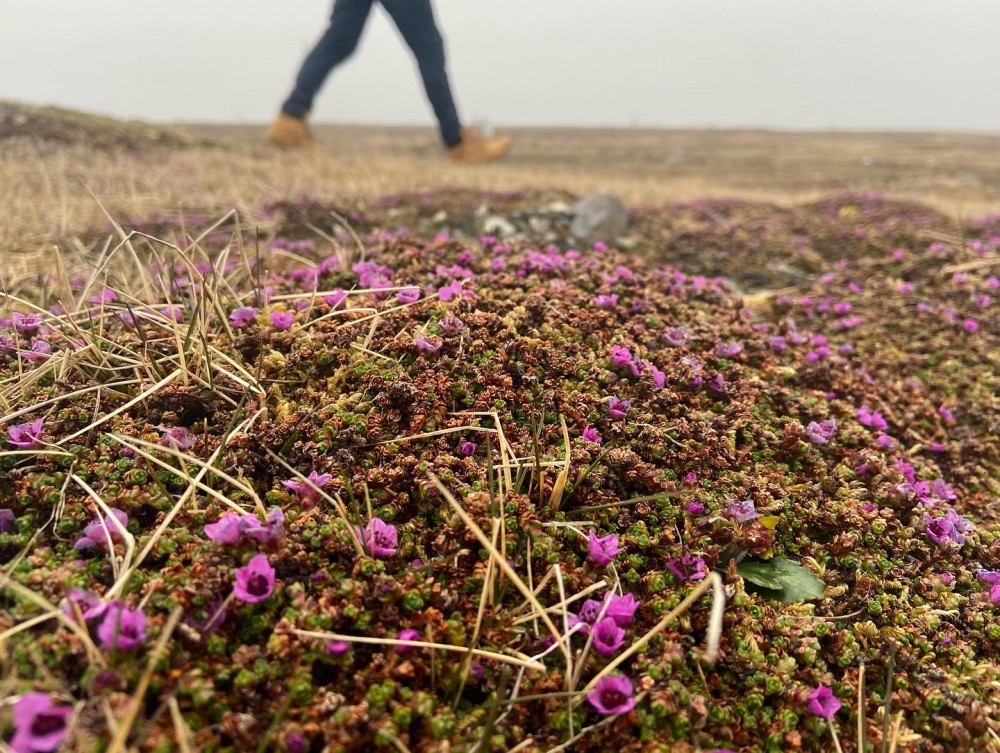Updated Aug. 15, 2024
A court in the Vietnamese capital Hanoi found activist Nguyen Chi Tuyen guilty of “propaganda against the state” on Thursday and jailed him for five years, with no probation, on charges that carry a maximum sentence of 12 years. The judge took just over five hours to hand down the verdict.
Hanoi police arrested the 50-year-old on Feb. 29 this year.
Tuyen is a prominent member of the No-U movement, which protests against China’s so-called nine-dash line, which it uses on its maps to demarcate the territory it claims in the South China Sea. Vietnam also claims some of the territory.
He was prosecuted under Article 117 of the criminal code, which prohibits "making, storing, disseminating or propagating information, documents and items with fabricated content, causing confusion among the people" and "making, storing, disseminating or propagating information, documents and items causing psychological warfare."
“Although my client was given the lowest sentence in the penalty range, I, as well as the two other lawyers, have concluded and presented evidence proving that Nguyen Chi Tuyen is completely innocent, and the sentence imposed on him is inappropriate,” said a member of Tuyen’s defense team, who didn’t want to be named due to the sensitivity of the issue.
The lawyer said that his client will consider appealing the verdict in the next two weeks.
Just before the trial international pressure group Human Rights Watch had called for his immediate release.
“Vietnam’s authorities have targeted Nguyen Chi Tuyen for expressing views they don’t like,” said HRW associate Asia director Patricia Gossman. “The government should stop jailing peaceful critics, repeal its draconian penal laws, and end the systematic violation of basic rights.”
The New York-based group pointed out that the trial came shortly after former police chief To Lam was elected general secretary of the Communist Party of Vietnam, the country’s top job.
While Lam was minister of public security, police arrested at least 269 people for exercising their basic civil and political rights, the group said.
“The Vietnamese government will remain mired in oppression so long as it continues to lock up dissidents like Nguyen Chi Tuyen who dare to speak their minds,” Gossman said. “Vietnam’s international donors and trade partners shouldn’t have any illusions when dealing with this rights-abusing government.”
Phil Robertson, director of Asia Human Rights and Labor Advocates, said Vietnam’s courts hand down stiff sentences to people who dare to speak the truth because leaders see them as a threat to their power.
“In a politically motivated case like this, there will be no justice, but rather only tears and anger as yet another principled citizen is imprisoned for exercising his rights,” he told RFA Vietnamese.
“An Chi is widely respected among the people of Vietnam, and nothing that the government and the party does to him will diminish that.
“The Vietnamese people recognize persons with moral principles and an ethical backbone who act for the interests of all the people. That's why the ruling Communist Party is attacking him with these bogus charges because they know they cannot compete with him in terms of virtue.”
After quitting his publishing job in August 2018, Tuyen created a YouTube channel to share his views on Vietnamese economics, politics and society.
He was prosecuted for two videos posted in 2021. In the first he talked about a US$200 million donation by VietJet Air chairwoman Nguyen Thi Phuong Thao to the U.K.’s Oxford University.
In the second, he commented on the government’s “blazing furnace” crackdown on corruption, saying that having multiple political parties in Vietnam would limit graft.
One of Tuyen’s lawyers told RFA his client did not plead guilty, instead asserting that he was only exercising the right to freedom of expression as stated in the Vietnamese Constitution as well as the International Covenant on Civil and Political Rights, of which Vietnam is a member state.
The legal team asked the court to summon experts from the Hanoi Department of Information and Communications to question them about their interpretation of the two videos. However, the lawyer said the unnamed experts obtained written permission to be absent.
Translated by RFA Vietnamese. Edited by Mike Firn and Taejun Kang.
Updated to add comment from one of Tuyen's lawyers.







